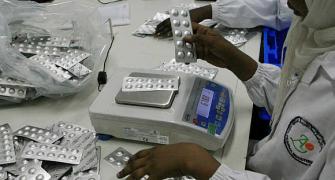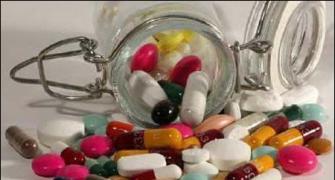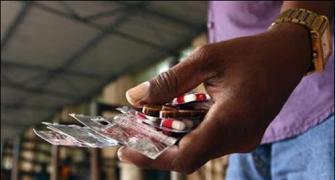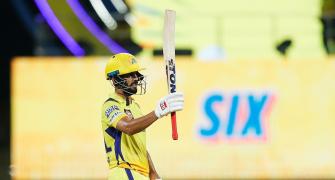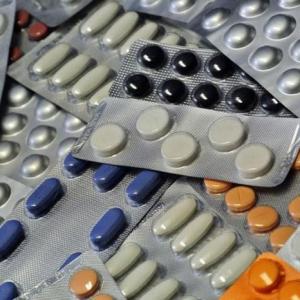With internet sales of medications on the rise, people everywhere are increasingly at risk.
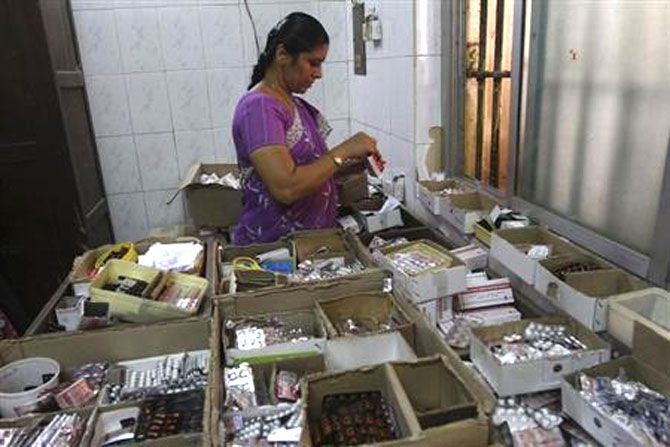 Scientists have developed a simple, inexpensive paper-based device which can identify poor-quality or degraded medications within minutes.
Scientists have developed a simple, inexpensive paper-based device which can identify poor-quality or degraded medications within minutes.
The developing world is awash in substandard, degraded or falsified medications, which can either directly harm users or deprive them of needed treatment, researchers said.
With internet sales of medications on the rise, people everywhere are increasingly at risk, they said.
"People who do not have access to the best-quality medicines also do not have as many resources to buy the analytical instrumentation to detect the quality problems," said Marya Lieberman from University of Notre Dame in the US.
"Instead of a $30,000 instrument, we have developed a $1 paper card. We designed the card so it would be as easy and inexpensive to use as possible," said Lieberman.
Medications can be compromised in many different ways. For example, they may be bulked up with fillers, or they can degrade because they are stored improperly, researchers said.
Identifying poor-quality medications is challenging, as inspectors may not know in advance what chemical adulterants or degradation products they need to look for, they said.
Bad-quality medications may also contain at least some of the active ingredient, so simply detecting the presence of the real medication is not enough to rule out issues.
Lieberman and Sarah Bliese from Hamline University in the US developed a card to detect falsified or degraded antibiotics such as ciprofloxacin or ceftriaxone, both of which the World Health Organisation lists as "essential."
To screen for a variety of potential quality issues, researchers included 12 lanes separated by wax barriers on the paper device.
Each lane contained a different set of reagents to detect materials or functional groups found in active pharmaceutical ingredients, degradation products or common fillers.
To run a sample, researchers crushed a pill and rub the resulting powder across all 12 lanes, and then dipped the bottom of the paper card in water for three minutes.
The water wicks up the lanes, bringing reagents into contact with the powder. Colours are formed when the reagents interact with the pharmaceutical, filler or degradation product.
Researchers then compared the colour pattern from the sample with the colour patterns obtained from high-quality pharmaceutical products.
The comparison can be done by eye or with an image-analysis programme on a smartphone.
Ceftriaxone is sensitive to heat and breaks down if storage temperatures climb too high.
As an experiment, researchers subjected ceftriaxone to high temperatures and ran the card test, simultaneously analysing the degradation products via liquid chromatography-mass spectrometry.
They verified that the colourimetric pattern for the degraded antibiotic was different from that of the correctly stored product.

